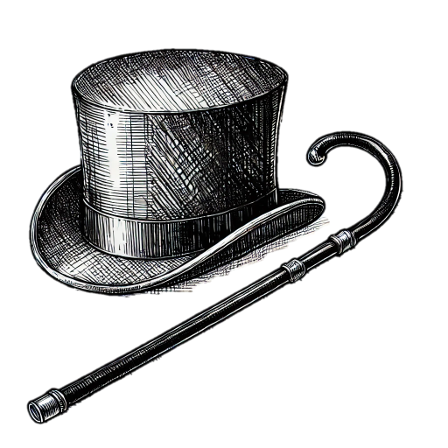
I started dancing as soon as I could walk. By the age of three, I was having lessons, and by 16, I was being formally trained and had my eye on a career in dance.
As with so many other arts, when you’re at dance school, there is a preoccupation with the classic way of doing things. There are rules, there are fundamentals that you must follow. The basics are drummed into you, the techniques need to become second nature, and you’re made to feel like there is a right way to do things, and most definitely a wrong way. I certainly didn’t feel like it was OK to just do my own thing.
And then I discovered Bob Fosse. He started to become famous as a dancer and choreographer in the 50s and 60s, and although he died in 1987, he is still to this day considered to be one of the great one-off originals in the world of dance, especially in jazz dance, where his influence is unmatched.
As a dance student, what was so exciting about Fosse was his rule breaking. He introduced all sorts of things that you’re not supposed to do, and yet it was electrifying to watch. His dancers would have, say, turned in knees and toes, hunched shoulders, finger snaps, splayed hands, creating all kinds of odd angles and postures with their bodies, often using small but very precise movements. But at the same time, it wasn’t innovation for its own sake – all his movements told a story. And in addition to his movement, he also had a set of trademark props, such as bowler hats, canes and chairs, that he returned to time and again. It means that you can see a piece of Fosse’s work and immediately know it’s his.
It was said of him that he was naturally pigeon-toed, so some of his movements were a case of him accepting what nature had given him and therefore being true to his physiology.
There are some key takeouts here for business.
1. Work with what you’ve got to be distinctive
By being true to yourself, you automatically have some distinctiveness, because only you are exactly like you. It’s so much more effective than striving to be different for the sake of it. Like Fosse, brands should never be afraid to work with what they’ve got.
2. Consistency is at the heart of branding
Fosse had his classic signatures – his moves and his look. He largely stayed within these constraints. His fans weren’t bored by them. On the contrary, it was a huge part of the appeal. Being known for something dependable is emotionally reassuring, especially in a world of perpetual flux. Of course, what he also did was to adapt and keep modernising inside his basic style, so that he wasn’t just stuck as a once interesting historical curiosity.
3. It’s better to break the rules once you know the rule
Fosse’s innovations worked because he’d been classically trained in dance. When you’ve been trained formally, and then try out his techniques, you realise how disciplined his style is. Having a deep respect and understanding of the world you inhabit means that your disruptions can be more effective, because they come from a position of knowledge and insight, rather than a lucky guess.
Beth
